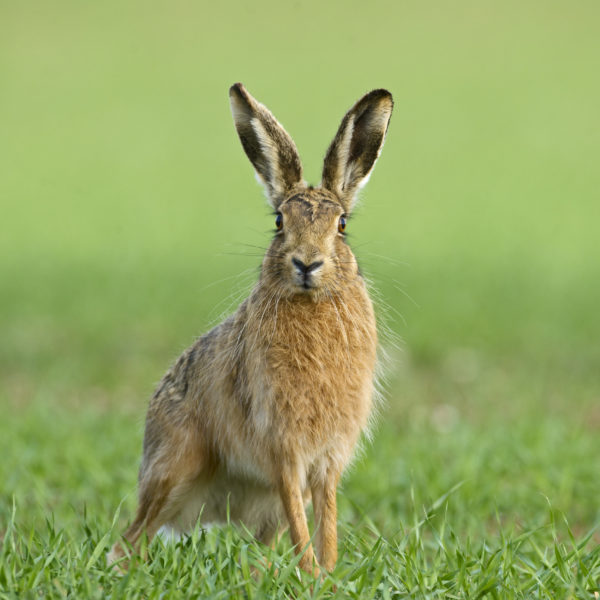Key Facts
- Length: 60cm
- Weight: 4kg
- Average lifespan: 4 years
Mountain Hares live in Scotland and the North. They graze on vegetation and nibble bark from young trees and bushes.
Hares shelter in a ‘form’, which is simply a shallow depression in the ground or heather, but when disturbed, can be seen bounding across the moors using their powerful hind legs to propel them forwards, often in a zigzag pattern. Mountain Hares live in upland areas and are most common on heathland; they are at their most visible in spring, when the snow has melted but the Hares are still white.
How to Identify
Mountain Hares are grey-brown with a blue tinge in summer and turn white during the winter – only their ear tips stay black. The Irish Hare may remain brown even in winter and its coat has a reddish tinge. Mountain Hares are larger than Rabbits, but smaller than Brown Hares and have shorter ears.
Where to Find
Found in the highlands of Scotland, in the Peak District.
How People can Help
In Britain, Mountain Hare populations are isolated and fragmented, making it extremely vulnerable to habitat loss and change. Its favoured home of upland heaths and moors are under threat from poor management, deforestation and peat extraction. Working on a local level, The Wildlife Trusts are looking after our upland habitats to restore them and prevent further damage. Volunteers are vital to this work – much of what the organisation achieves simply wouldn’t happen without their help. So why not have a go at volunteering for your local Trust? You’ll make new friends, learn new skills and help wildlife along the way.
Did You Know?
Unlike the Brown Hare, which is thought to have been introduced by the Celts during the Iron Age, the Mountain Hare is native to Britain. However, it is only native to the Scottish Highlands and was translocated elsewhere.
Similar Species
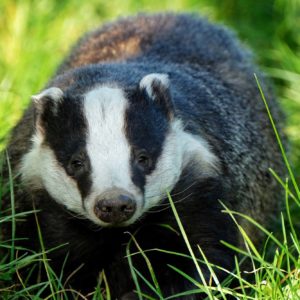
Badger
- Mammals
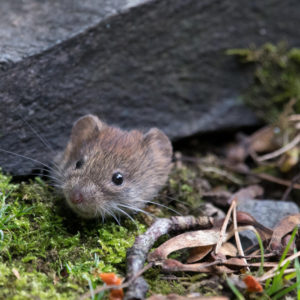
Bank Vole
- Mammals
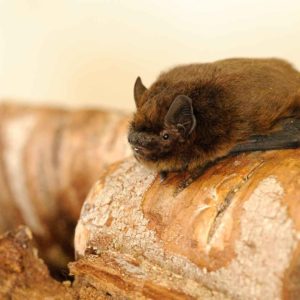
Common Pipistrelle
- Mammals
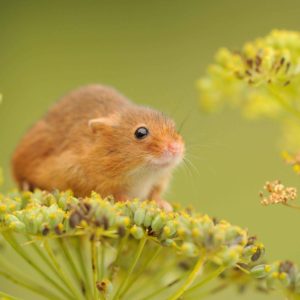
Harvest Mouse
- Mammals
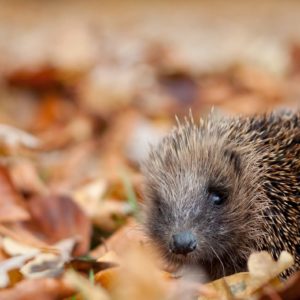
Hedgehog
- Mammals
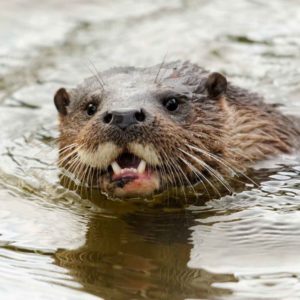
Otter
- Mammals
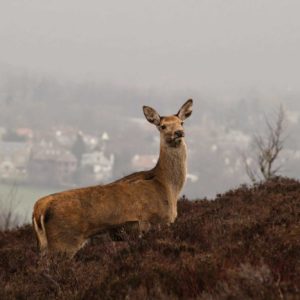
Red Deer
- Mammals
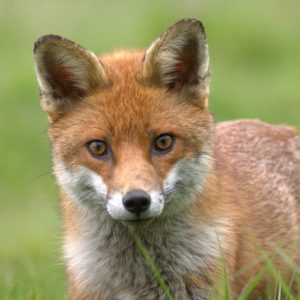
Red Fox
- Mammals
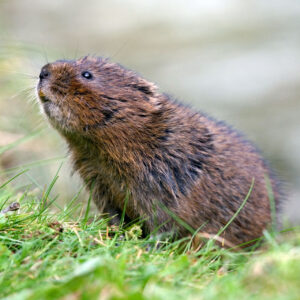
Water Vole
- Mammals
